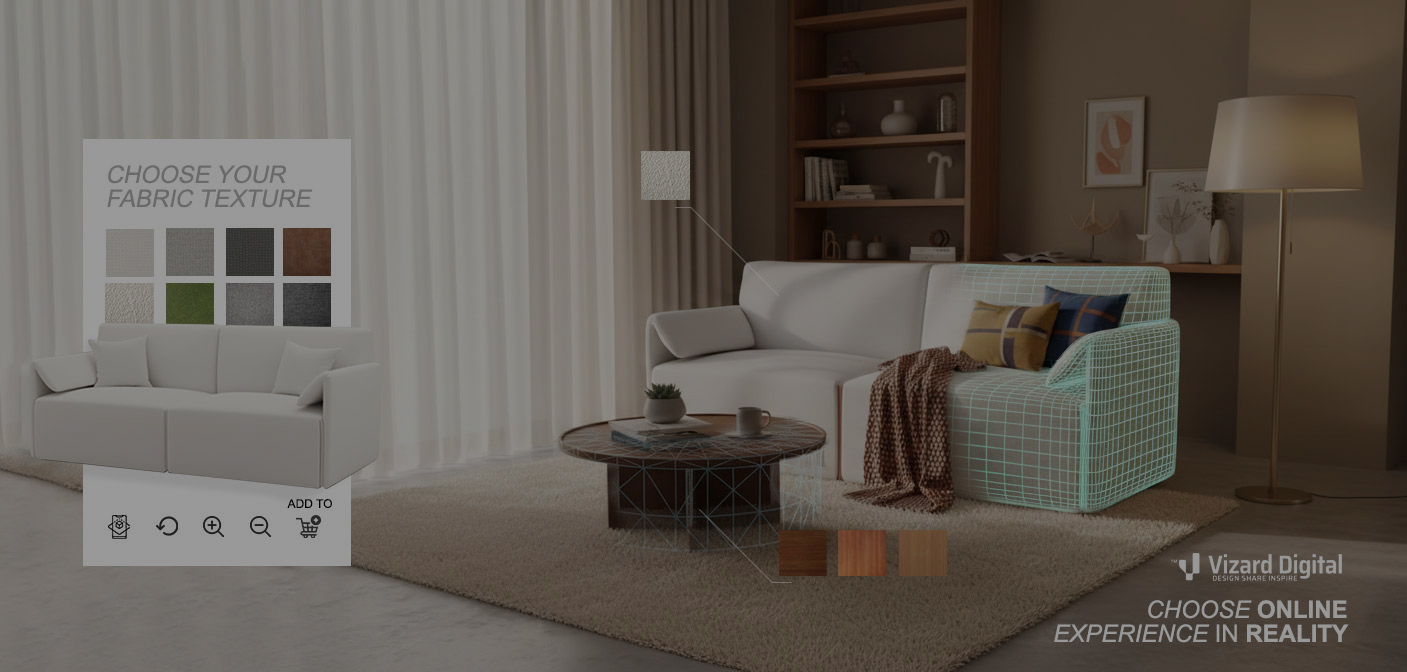
How 3D Modular Sofa Models Are Boosting Value for Furniture Manufacturers
In today’s rapidly evolving furniture market, the intersection of modular design and 3D visualization technology is revolutionizing how manufacturers deliver value to retailers and online shoppers. The adoption of 3D modular sofa models-interactive digital representations of modular sofas-empowers manufacturers to streamline operations, enhance retailer offerings, and dramatically improve the online shopping experience. Let’s explore how this innovation is shaping the future of 3D sofa e-commerce.
What Are Modular Sofas and Why Are They So Popular?
Modular sofas are composed of individual sections (modules) such as seats, corners, ottomans, and chaises that can be freely combined, rearranged, or expanded to suit any living space or personal preference This flexibility allows customers to:
- Adapt their sofa layout as their needs change (e.g., moving homes, hosting guests)
- Maximize space efficiency, especially in compact apartments or irregularly shaped rooms
- Customize comfort with features like adjustable headrests, extendable footrests, or hidden storage
- Match their evolving aesthetic preferences by swapping modules or upholstery
Their popularity stems from this adaptability and the ability to create a truly bespoke seating solution, making them ideal for modern, dynamic lifestyles.
How 3D Models Enhance Modular Sofa Visualization Online
Flat images and static product photos can’t capture the complexity—or the customizability—of modular sofas. With high-quality 3D modeling and interactive 3D visualization, online furniture shopping becomes a dynamic, immersive experience.
Modern 3D sofa models let online shoppers
- :Explore every angle: Rotate, zoom, and inspect sofas in high resolution, revealing details that static images can’t show.
- Visualize real-time changes: Experiment with hundreds of configurations, fabrics, and colors through intuitive 3D sofa configurators—no guesswork, just instant previews.
- Place sofas in real spaces: Augmented reality (AR) lets customers drop their configured sofa into their living room using just a phone or tablet.
- Trust what they see: Photorealistic 3D product rendering replicates lighting, shadows, and textures to set accurate expectations and reduce post-purchase regret.
By leveraging advanced 3D services, retailers and manufacturers can deliver an experience that not only looks better—but also converts better.
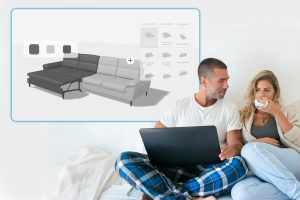
The Manufacturer’s Advantage: Providing 3D Assets to Retailers
For furniture manufacturers, supplying 3D assets for furniture retailers delivers several strategic benefits:
- Expanded product range without physical inventory: Retailers can showcase every possible configuration, color, and fabric without stocking each variant, reducing costs and logistical complexity.
- Streamlined prototyping and production: 3D CAD modeling allows for rapid prototyping, precise design validation, and seamless integration with production systems, cutting time-to-market and minimizing errors.
- Data-driven insights: By analyzing how customers interact with the online sofa configurator, manufacturers can identify popular trends, optimize inventory, and inform future product development.
- Brand differentiation: Offering high-quality 3D sofa rendering assets positions manufacturers as innovative partners, attracting more retailers and end customers.

Increasing Customization and Interactivity for Online Shoppers
Modular sofas are built for flexibility—so the buying experience should be too. With advanced 3D services powering online sofa configurators, shoppers can take full control of every detail in real time.
High-quality 3D modeling and product rendering enable customers to:
- Personalize every element: From layout and module combinations to fabrics, colors, legs, and accessories—each option is visualized instantly.
- See price updates on the fly: As shoppers configure their dream sofa, dynamic pricing gives complete transparency with no surprises at checkout.
- Share and collaborate: Whether it’s picking the right shape with a partner or getting input from friends, sharable 3D previews make collaboration easy.
- Buy with confidence: With interactive visuals and accurate 3D product rendering, customers know exactly what they’re getting—reducing hesitation and returns.
The result? A smoother path to purchase, stronger emotional investment, and a more satisfying online shopping experience that keeps online shoppers coming back.
Integration: Platforms and Tools for 3D Model Deployment
Modern 3D assets for furniture retailers are designed for seamless integration into e-commerce platforms. Leading solutions include:
- Web-based 3D configurators: Modern web-based configurators offer plug-and-play integration with platforms like Shopify, WooCommerce, Magento, and custom-built sites—no downloads or app installations required.
- AR and VR extensions: Many platforms support AR features, allowing customers to place their chosen sofa in their room with a smartphone or tablet.
- Cloud asset management: Manufacturers and retailers can easily upload, manage, and update their 3D sofa models across multiple channels.
Best practices for integration include optimizing 3D models for fast loading, ensuring cross-device compatibility, and keeping assets updated to match current inventory.
The Process: Creating Modular 3D Sofa Models from Scratch
Building a successful 3D modular sofa model involves several key steps:
- Concept and scope definition: Gather design sketches, technical details, and reference images.
- 3D modeling: Use CAD or specialized 3D software to create accurate digital representations of each module, ensuring precise dimensions and realistic textures.
- Scene design and product rendering: Apply materials, lighting, and environmental context for lifelike visualization. Test renderings for quality and realism.
- Interactivity development: Integrate the model into an online sofa configurator, enabling real-time customization and 3D visualization.
- AR/VR Integration: Enable customers to view and interact with the sofa in their own living spaces using AR technology.
- Quality Assurance: Test across devices and browsers to ensure smooth performance and user experience.
What Makes a 3D Modular Model Successful for E-Commerce?
A successful 3D modular sofa model goes beyond good looks—it delivers speed, realism, and intuitive interaction across devices. To truly drive conversions and customer confidence, your 3D assets should:
- Look photorealistic: Accurate 3D product rendering with lifelike materials, colors, and proportions builds trust and enhances product appeal.
- Perform flawlessly: Fast load times and smooth interactivity are essential across desktop, mobile, and tablet.
- Enable effortless customization: A clean, user-friendly interface lets shoppers personalize their sofa layout, fabric, and features in real time.
- Support AR and VR: Immersive 3D services like augmented reality help customers visualize sofas in their actual space—boosting engagement and reducing returns.
- Encourage sharing and collaboration: Let customers save, share, or co-design layouts with others to deepen involvement and decision-making.
- Provide real-time pricing and details: Transparency matters—automatically reflect changes in price and specifications as configurations are adjusted.
- Be retailer-friendly: 3D models should be easy to manage, update, and integrate into e-commerce platforms without creating technical headaches.
Well-executed 3D modeling isn’t just a visual upgrade—it’s a strategic tool that elevates online furniture sales and future-proofs the buying experience.
Conclusion: Why Modular Sofas + 3D Services Are Reshaping the Future of Online Furniture Sales
The rise of modular sofa models powered by high-quality 3D product rendering and interactive customization tools is transforming how furniture brands compete online. For manufacturers, investing in professional 3D services — from detailed 3D modeling of each module to immersive configurators and AR integration – means delivering a richer, more flexible experience to both retailers and online shoppers.
By enabling scalable customization, reducing return rates, and elevating product presentation, 3D modular sofa models offer a clear path to differentiation and growth. The future of sofa e-commerce isn’t just visual—it’s dynamic, personalized, and built on the backbone of smart digital assets.
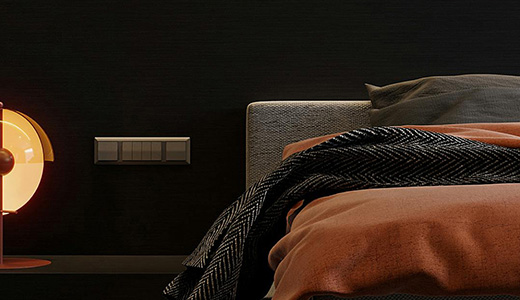 Beds & Headboards furniture
Beds & Headboards furniture Chairs & Seating furniture
Chairs & Seating furniture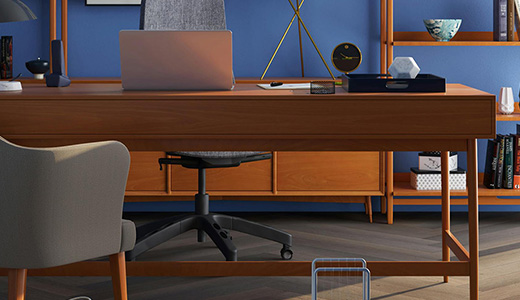 Tables & Desks furniture
Tables & Desks furniture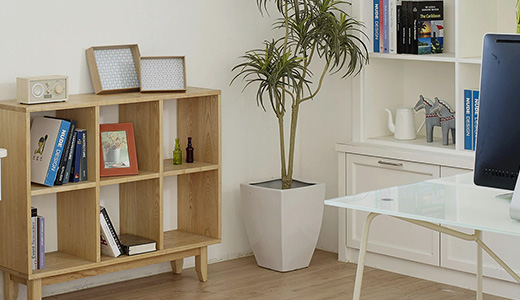 Storage & Organization furniture
Storage & Organization furniture Sofas & Couches furniture
Sofas & Couches furniture